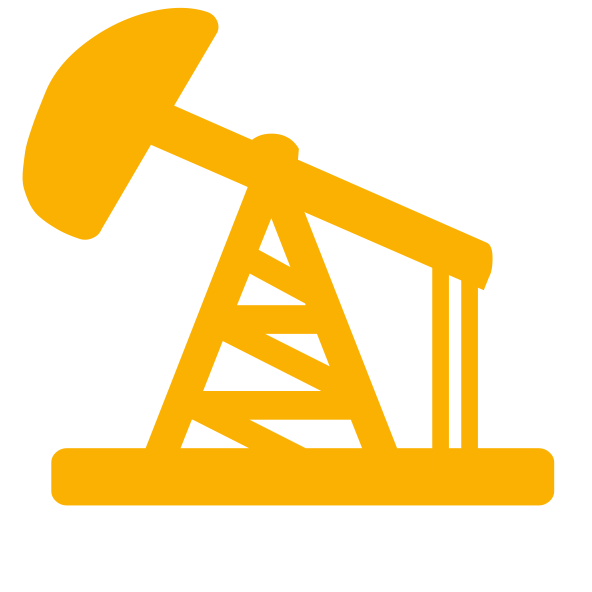There are several trends shaping the manufacturing sector today, but one of the most dynamic is asset lifecycle management (ALCM) and the technologies that are evolving around it. According to research done by MDPI, ALCM is becoming increasingly prevalent in the development and adoption of Industry 4.0 technologies that leverage connectivity, intelligence, agility, and digitalization to redefine the efficiencies and capabilities of systems. The study also underscores how asset management approaches are changing, moving from prioritizing cost minimization towards more sustainable practices that enhance asset longevity and sustainability.
This is echoed by the 2023 Manufacturing Industry Outlook report from Deloitte that highlights how advanced technologies and smart factories are two key trends shaping investment in manufacturing. According to Deloitte, advanced technologies remain a priority as they support the organization’s goal of mitigating risks while embedding increased agility and the flexibility to cope with uncertainty. Most respondents said that robotics and automation (62%), along with data analytics (60%) and artificial intelligence/machine learning/cognitive computing (26%), were among their top ten priorities over the next 12 months.
Companies are looking to invest in strategic technologies to leverage existing infrastructure while building increasingly robust digital foundations. They also want tools that will enable them to truly engage with their workforce to build a skilled, engaged, and passionate workforce that will weather complexity with the company. In the current skills crisis impacting every industry and sector worldwide, investing in tools that help workers achieve their goals within frictionless and safe environments has become crucial. This is reflected in a recent report by PwC that highlighted how critical it is for companies to harness technologies and strategies that help them to achieve ‘sustained, positive outcomes.’
Digitization is the intelligent revolution
The manufacturing sector is in the middle of a revolution. One that is being powered by Industry 4.0 and transformed by an ever-evolving array of technologies and services. Innovations are reshaping how manufacturers approach predictive maintenance and asset management and how they use technologies such as artificial intelligence (AI) and machine learning to reduce risk and enhance performance.
Artificial intelligence combined with Operator Rounds can use scenarios to help teams identify abnormal behaviors in inspection points and assets. Combined with machine learning, this can allow the organization to identify and monitor cases where risk is high and then provide recommendations that align with this risk and optimized outcome assessments to reduce these risks. For example, the GOARC Asset Management platform has recently launched a new AI scenario that assembles business rules that can be triggered based on operator readings during their rounds. These business rules can be classified into three major categories:
- Operating Limits Rules – these monitor the values of readings compared to constant pre-determined operating limits.
- Statistical Process Control (SPC) Rules – these monitor the values of readings compared to dynamic statistical parameters and serve as anomaly and trend detectors.
- Operator Rules – these are designed to find irregularities in readings, such as repeated readings that don’t fit a reasonable pattern or expectation.
These rules and asset management guidelines then provide the business with in-depth insights that can transform how teams are managed and the decisions that are made. In conjunction with real-time data collection around an asset’s performance, use cases, and accessibility, this information can change how you manage and maintain your assets. This data is invaluable to decision-makers as they can shift their maintenance strategies away from schedules and towards more proactive and predictive strategies that catch errors and issues before they become expensive delays.
This is why the digitization of asset management is having an impact
Because whether you define these technologies as Industry 4.0 or simply as the next intelligent revolution, they are having a measurable effect on costs, safety, risk reduction, and productivity. These are the key areas where smart asset management can translate into long-term value:
- Asset categorization and management – visibility into asset types, status, location, and hierarchy allows organizations to better manage asset functionality, Permit to Work allocations, activities, maintenance schedules, and control. Using an intelligent system capable of storing and updating asset information, you can determine in advance what properties will appear when performing a predetermined activity with regards to a specific asset and then allocate permissions and manage performance accordingly.
- Asset monitoring – as assets are a crucial part of a site’s operations, operators need to be able to follow and monitor assets daily to assess their condition, ensure they are operating optimally, and evaluate whether or not there are risks involved in their operation. Many routines done on-site, such as Permit to Work, are done on an asset so it is important to be able to specify which asset is being allocated which routine and to receive its status in real-time before operations begin. This will not only significantly reduce risk but also streamline processes and procedures.
- Accessibility – global teams working on sites often have to manage multiple languages and cultures. Asset management platforms used to be constrained in terms of language accessibility, but today solutions, such as the GOARC asset management platform, provide the option to translate fields for configured assets into multiple languages.
- Dynamic routines are invaluable as they provide organizations with real-time visibility into round progress and the status of points under check. They also support issuing reliability and hazard reports along with geolocation references and images that allow for more efficient and rapid response times for emergencies, standard maintenance, or operator requirements. This also provides real-time insights into performance that can be used to transform asset management profiles and introduce increasingly relevant predictive and prescriptive maintenance processes.
The GOARC difference
Our asset management solution is designed to exceed the expectations of Industry 4.0 with AI, analytics, dynamic routines, smart monitoring and categorization, and improved process safety in a fully integrated system. Our solution includes a dedicated command center that provides a real-time 24/7 display of asset operational status alongside reliable maintenance and turnaround planning and a centralized asset repository for the entire organization.
We ensure that you have every tool you need to fully realize modern and innovative asset lifecycle management from inspection to maintenance, and we ensure you realize the value inherent in every data point with our comprehensive capabilities.









